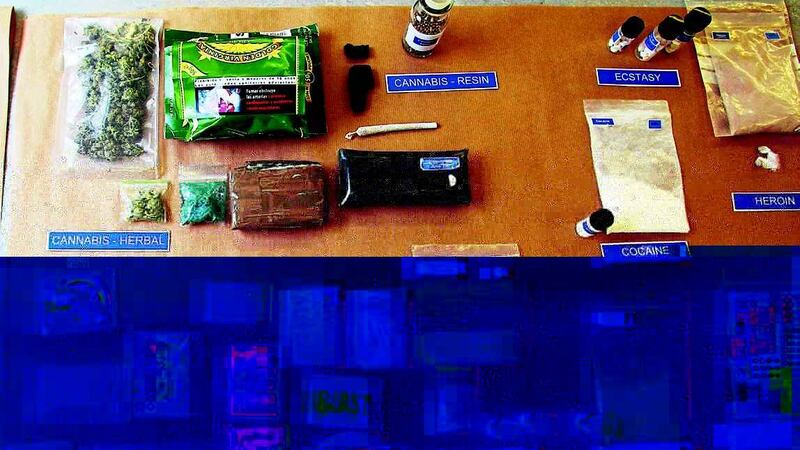LEGAL highs are substances used like illegal drugs such as cocaine or cannabis, but because they are not covered by current drugs laws they are legal to possess or use.
They are often created in laboratories in the Far East and rushed to European and other markets before authorities have time to ban them.
Several deaths have been linked to legal highs, while more than 200 of the substances have been banned over the past four years.
At least one man has died in Northern Ireland after taking the now-outlawed mephedrone and a number of other deaths have been linked.
It is estimated that across the EU one new substance is being detected each week.
Although these drugs are marketed as legal substances, this doesn't mean that they are safe or approved for people to use. The substances are often bought from "head shops" - shops that sell drug paraphernalia such as pipes and bongs - and internet sites.
Legal highs can carry serious health risks. The chemicals they contain have in most cases never been used in drugs for human consumption before, so haven't been tested to show that they are safe. Users can never be certain what they are taking and what the effects might be.
Another concern is that people who use legal highs are likely to be mixing them with alcohol, illicit drugs or prescription drugs.
Many drugs that were previously sold as legal highs are now controlled under the Misuse of Drugs Act, including mephedrone (meow meow), naphyrone, BZP, GBL and synthetic cannabinoids (such as those found in Spice products). This means that they are illegal to possess or to supply to others.


